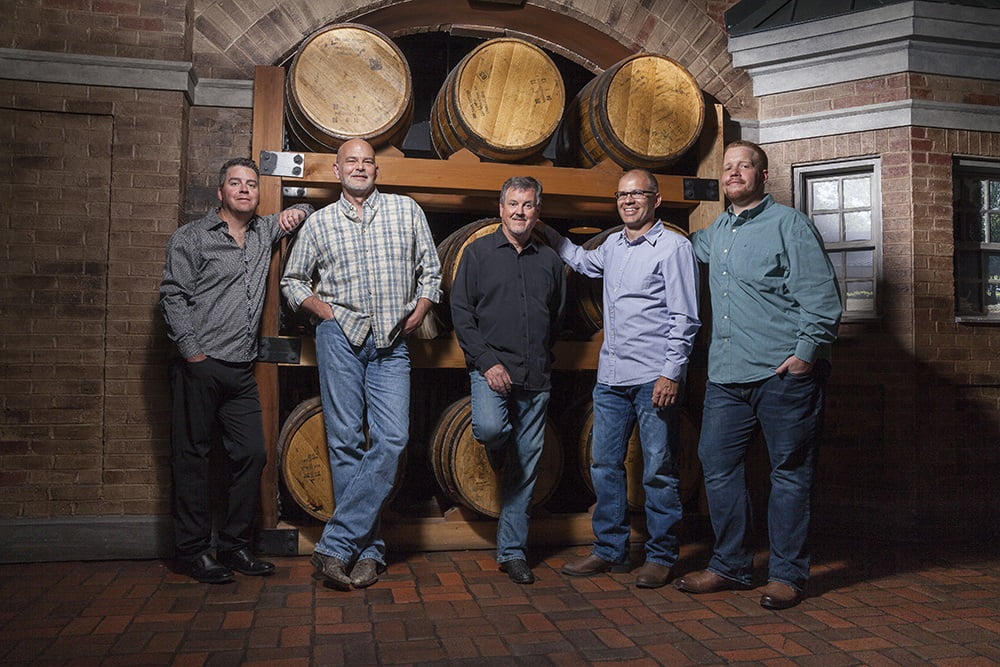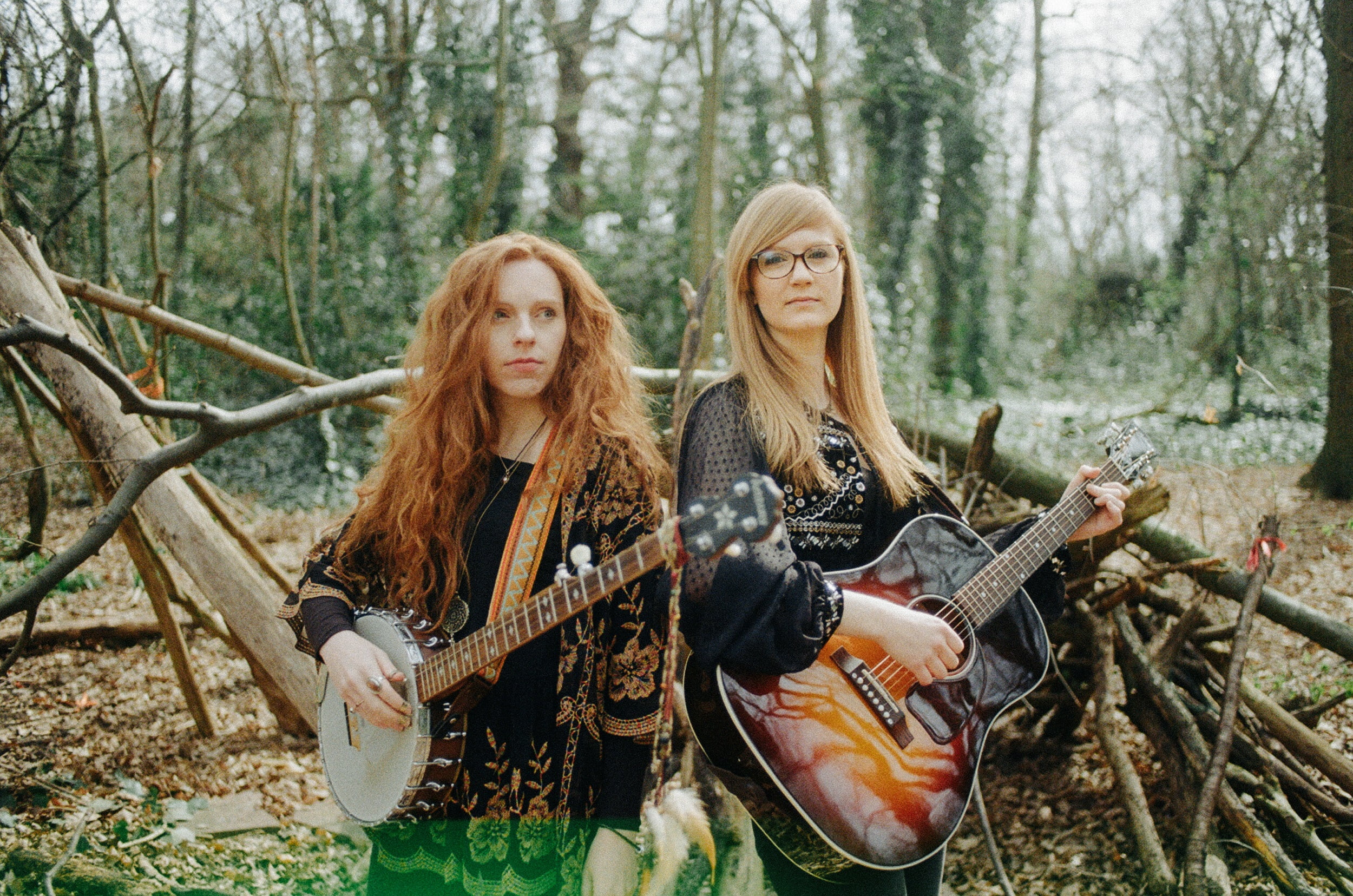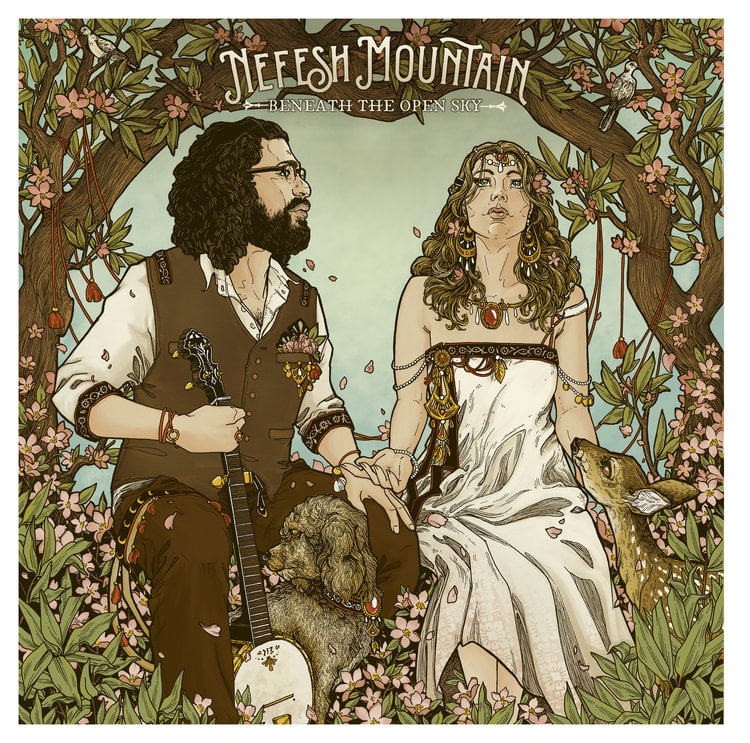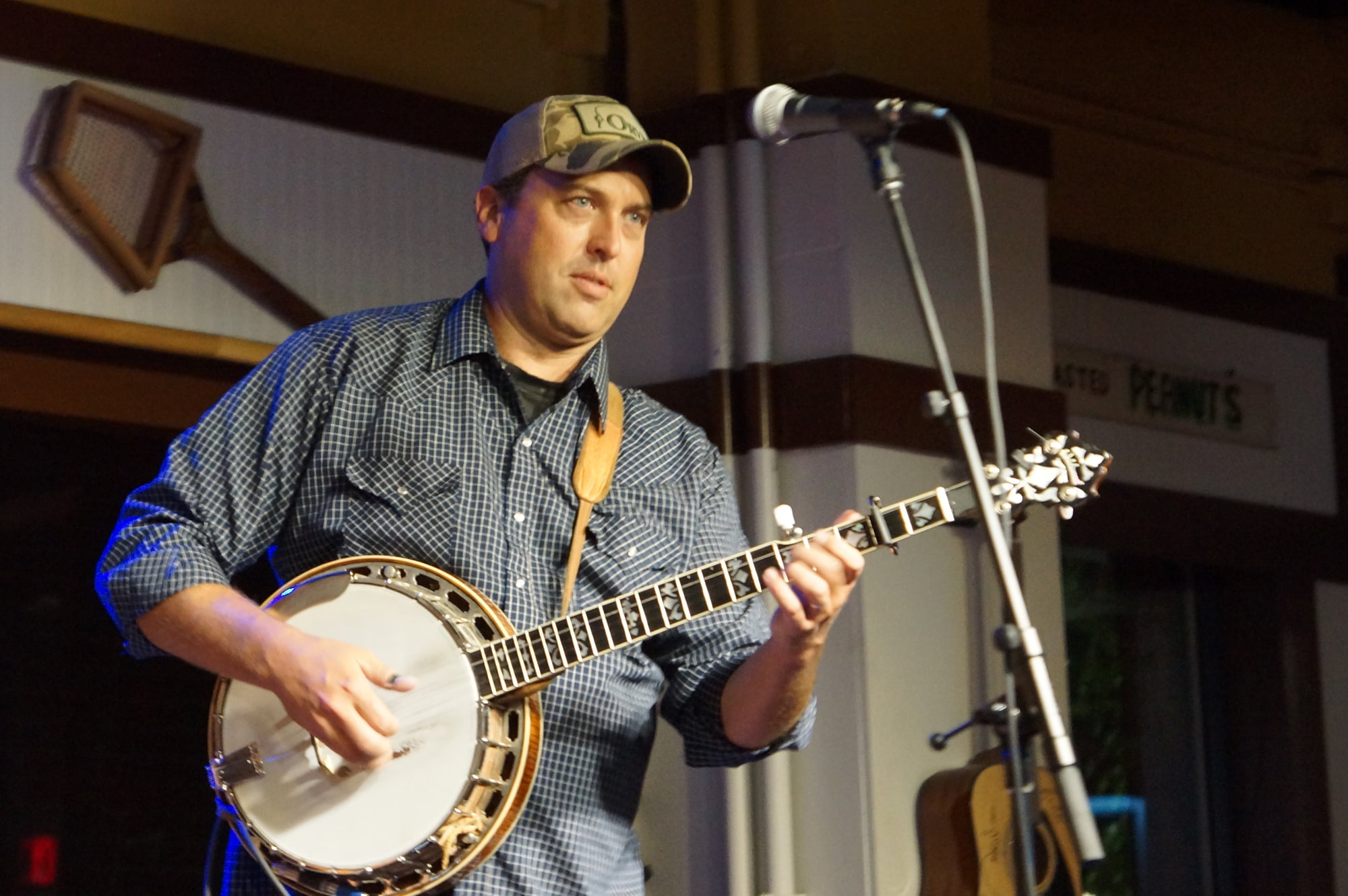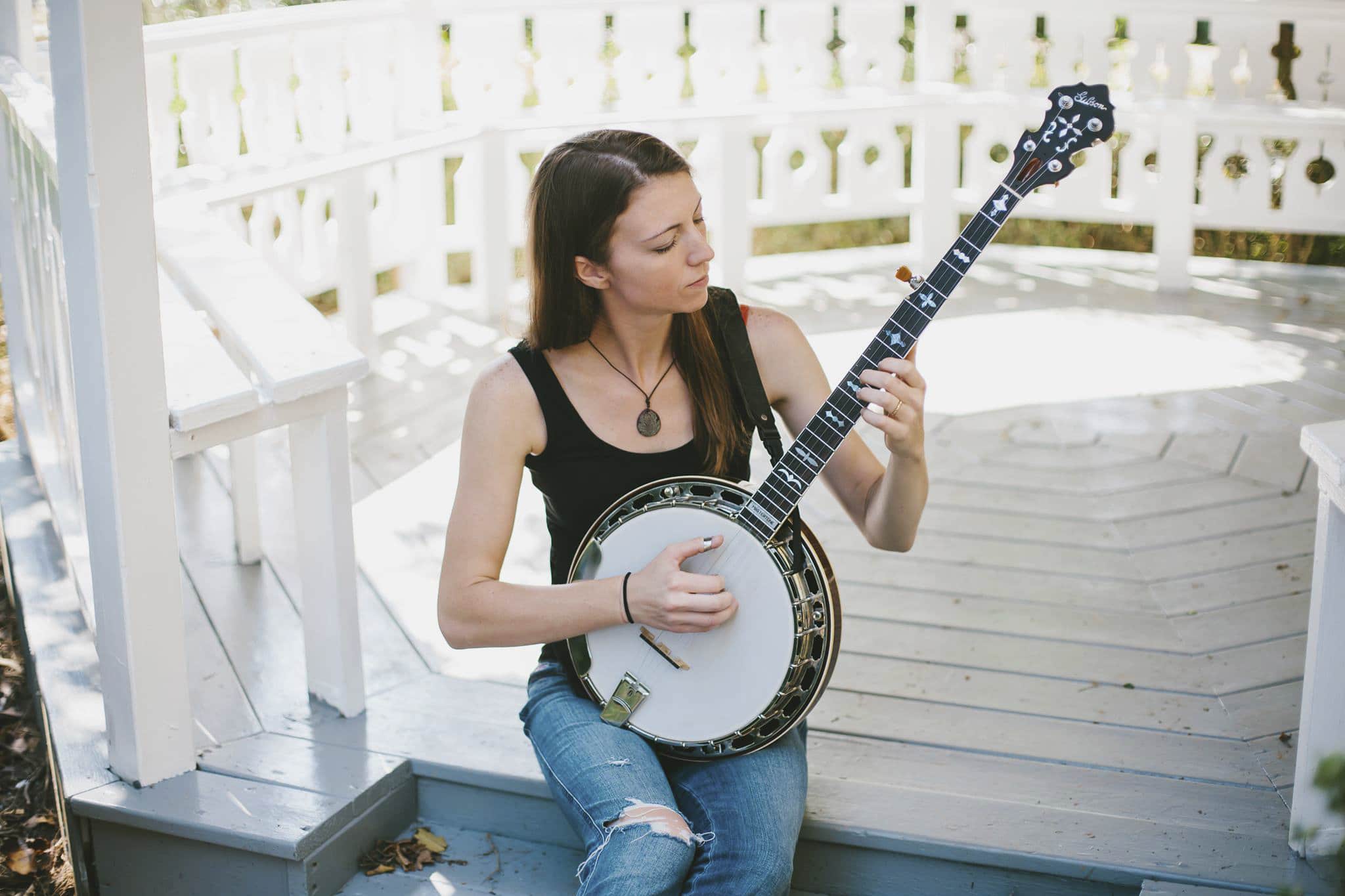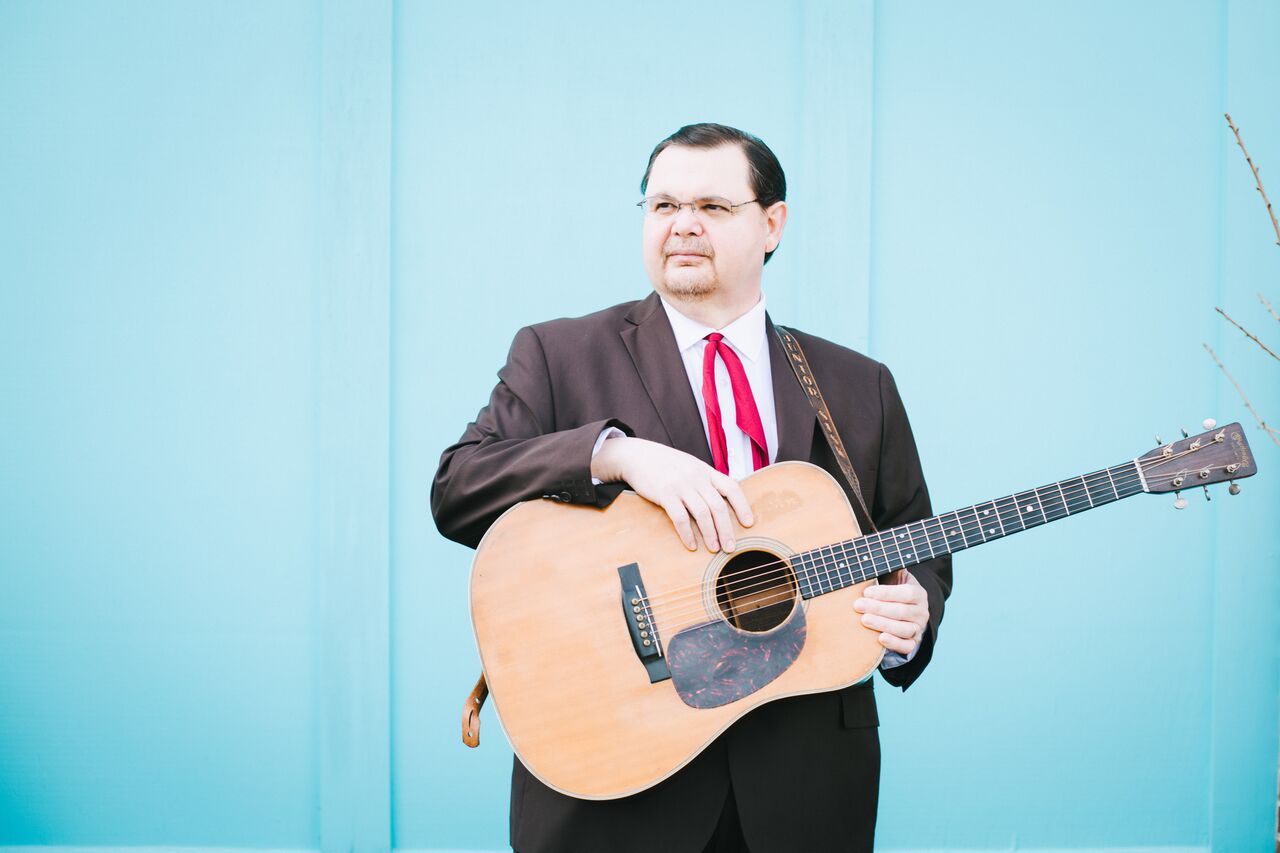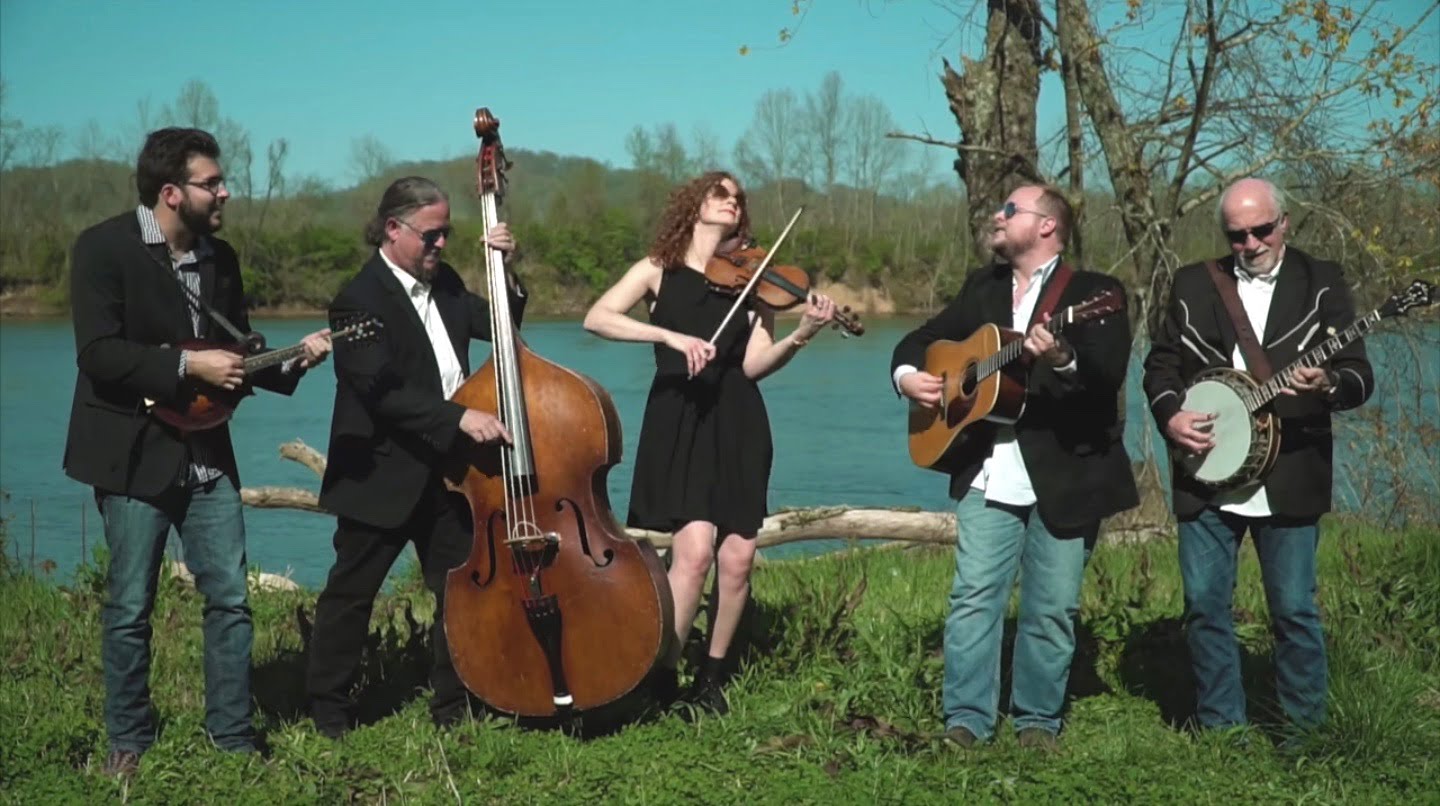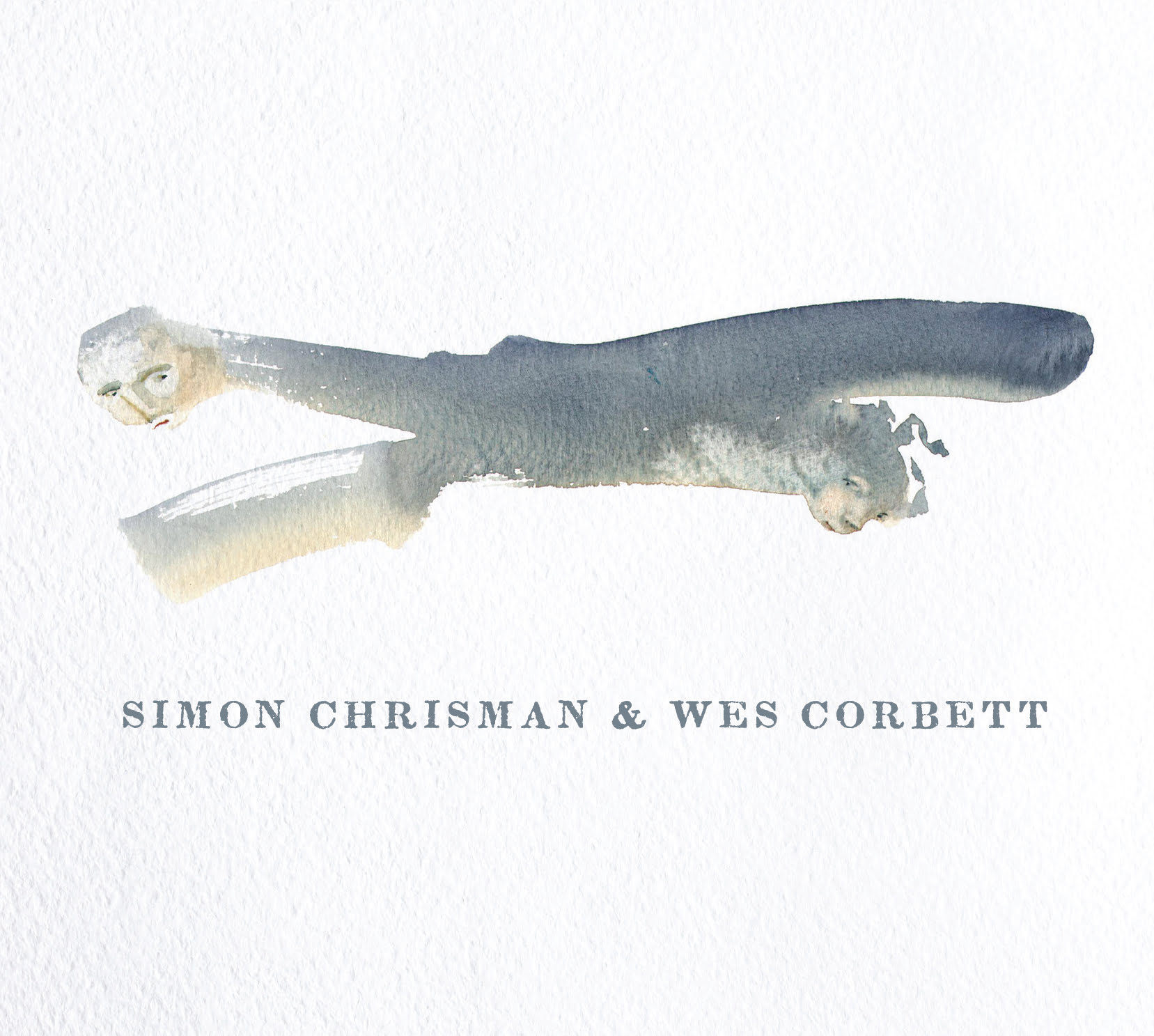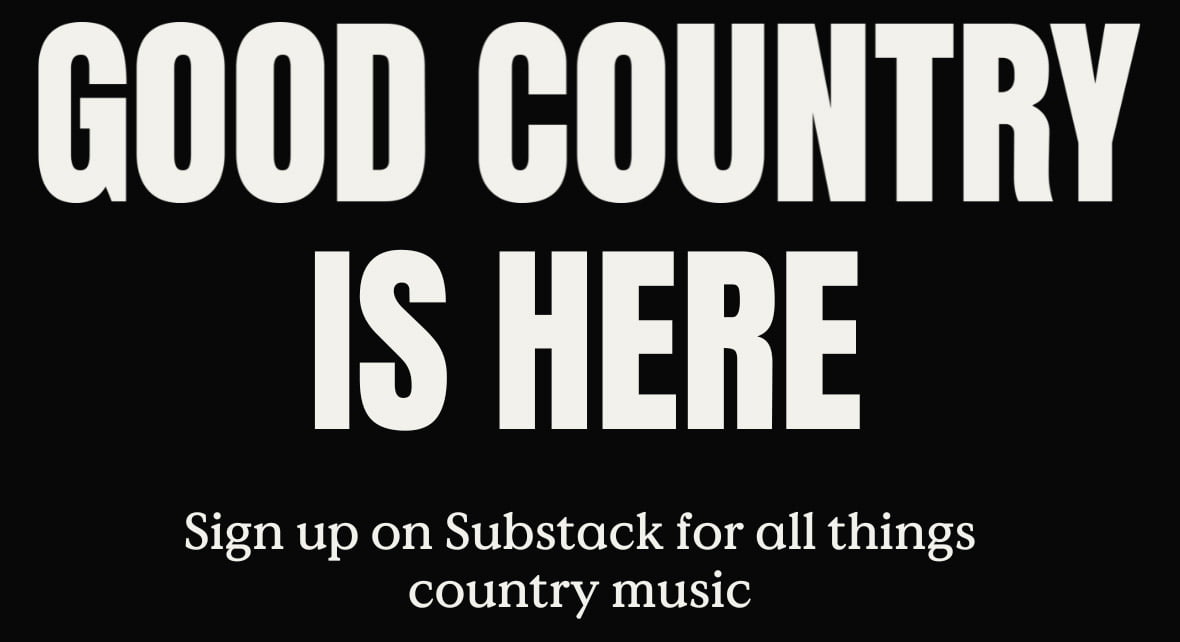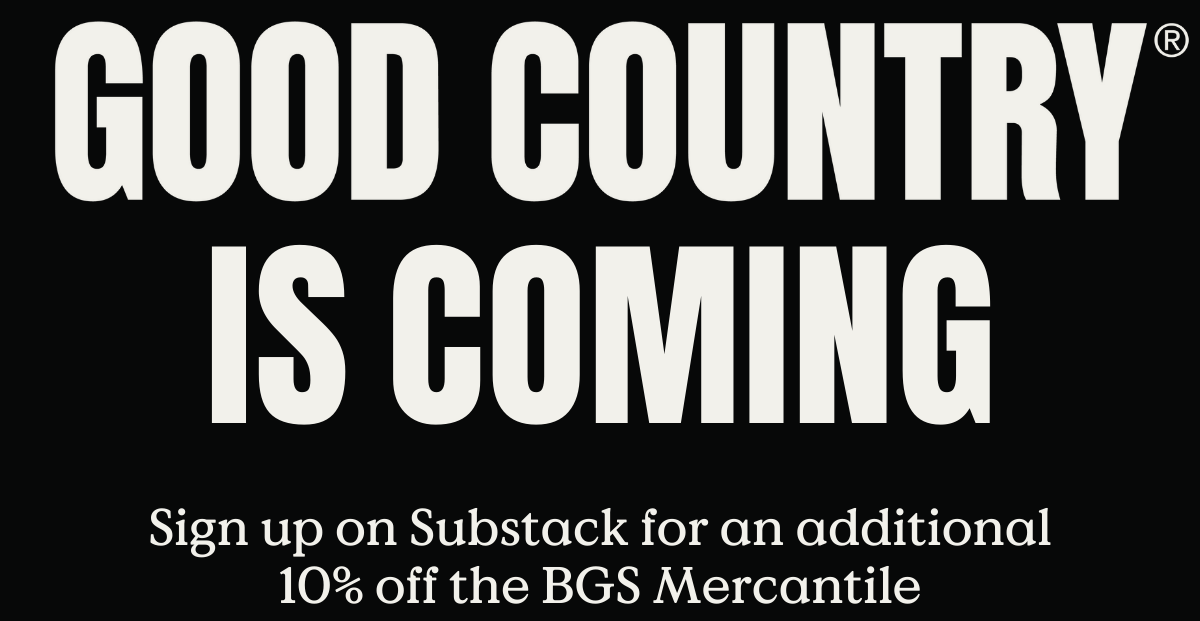We don’t blame you. Banjo is typically all about praising the masters, mimicking their technique, and playing “it” — whatever tune, song, lick, or fill — exactly the way the heroes did it. Of course it’s easy to overlook up-and-coming pickers who are innovating the instrument and letting their own personalities shine through their playing. Rest assured, we’ve been keeping up with a panoply of younger banjo player virtuosos for you, just in case you’ve overlooked ’em.
Gina Clowes
The most recent addition to Chris Jones and the Night Drivers, Gina Clowes’ debut album, True Colors, is a surprising departure for anyone who might be expecting songs along the lines of the more traditional-leaning material of the Night Drivers, but Gina’s playing refuses to be pigeonholed.
Catherine “BB” Bowness
BB has a chameleon-like ability to deftly shape her playing to fit any number of styles. With her Boston-based bluegrass band, Mile Twelve, she tends to lean into a more traditional approach, hard driving and uncompromising. In other contexts, she demonstrates she’s as progressive and outside-the-box as any Fleck/Pikelny acolytes out there.
Tabitha Agnew
Based in Northern Ireland, Tabitha Agnew and her two brothers tour and perform as Cup O’Joe. The subliminal transatlantic touches through her playing are like Easter eggs, keeping listeners on their toes, never quite sure what’s coming next.
Victor Furtado
Typically on banjo, when your aim is speed and intensity you give up some measure of precision and nuance. Not Victor Furtado. Whether he’s playing an emotive, pensive tune, or a foot-stomper like this, he never sacrifices any of his intricate, unexpected musical ideas. Oh, and remember Gina Clowes? Victor and Gina are siblings. Go figure.
Matthew Davis
There are plenty of young banjoists out there in the world right now who are obsessed with learning and transcribing every note they can from progressive trailblazers like Béla Fleck and Noam Pikelny. (And rightly so!) However, National Banjo Champion Matthew Davis (of new acoustic, bluegrassy string band Circus No. 9) is one of very few whose own imaginative voice on the instrument comes through louder than any of his influences, which gives his playing a remarkable maturity.
Little Nora Brown
This ain’t your usual, “aw this kid is playing an instrument as big as they are!” cutesy sh*t. It is a compelling case for reincarnation, though. It almost sounds like Little Nora Brown has a host of roots music legends pouring out of her fingertips and through her lips. Leave it to the young people to remind all of us that old-time music is relevant in any context, but especially poignant and transformative when it’s allowed to be in the present.
Steven Moore
A two-time National Banjo Champion, Steven Moore is a career biochemist who plays the banjo with downright effortless command, combining modern styles with classic, timeless licks and tricks. The moral of the story here is that when a banjo player plays an utterly stunning Don Reno cover, you oughta pay attention.
Uma Peters
She may be stoic, quiet, and generally shy, but Uma Peters is not one to overlook. At 11 years old, her old-time banjo skill level is already so high we can hardly imagine the heights to which she’ll take it. Again, this music stands for a whole lot more than just cuteness. Uma Peters for President.
Gabe Hirshfeld
More than just a bluegrass meme master, Gabe Hirshfeld is another example of a banjo player who refuses to let his playing style fit neatly into any of the molds already set forth by bluegrass forebears. On the five-string he can be unflinchingly traditional, totally off-the-wall, borderline insane, and/or all of the above all at once.
Alex Leach
Playing an arch-top banjo player in the Clinch Mountain Boys is quite the mantle to take on, but Alex Leach does it with ease and aplomb. The world needs more right hands backed up against bridges, more raised heads, and more playing and filling while singing lead. Just follow Alex’s example.
Lede image: courtesy of Mountain Home Music Company
